Learn how to make Japanese dashi soup stock at home with 3 simple methods today!
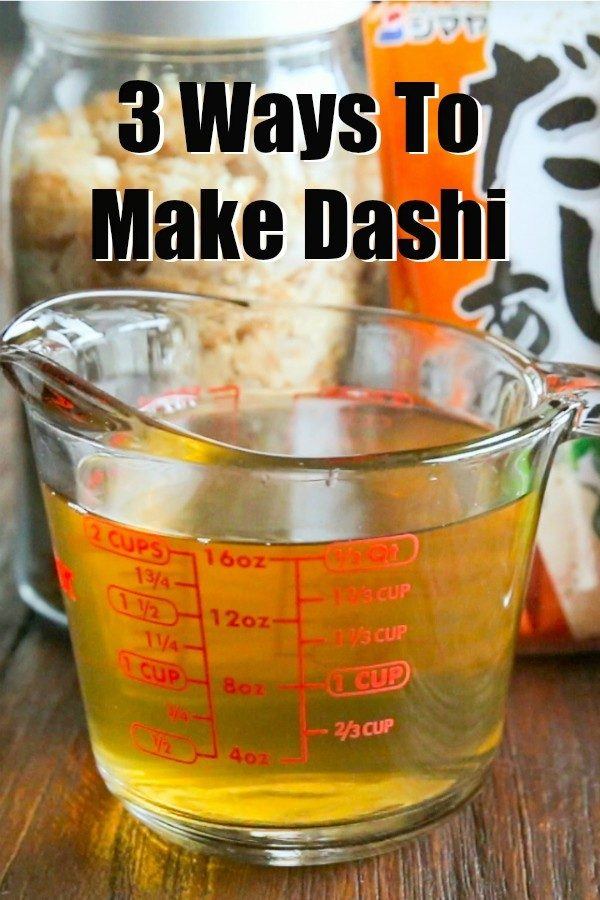
Dashi (だし) is the basic stock used for Japanese cooking. My best guess is if you are not familiar with Japanese ingredients when you see “dashi” in my ingredient lists and you might have thought to yourself, what’s dashi… can I skip it?
Frankly speaking, if you try making Japanese food without dashi, it will not taste authentic. You cannot replace dashi with chicken or vegetable stock. If you skip it, the resulting dish will not reflect it’s true taste.
We make dashi almost every day and use it in many dishes. I usually make a big pot of dashi and use some portions of it for my main or side dishes. The leftover dashi in the pot becomes the base for miso soup. Japanese dishes are always served with a bowl of miso soup, so no dashi will end up going to waste.
Types of Dashi
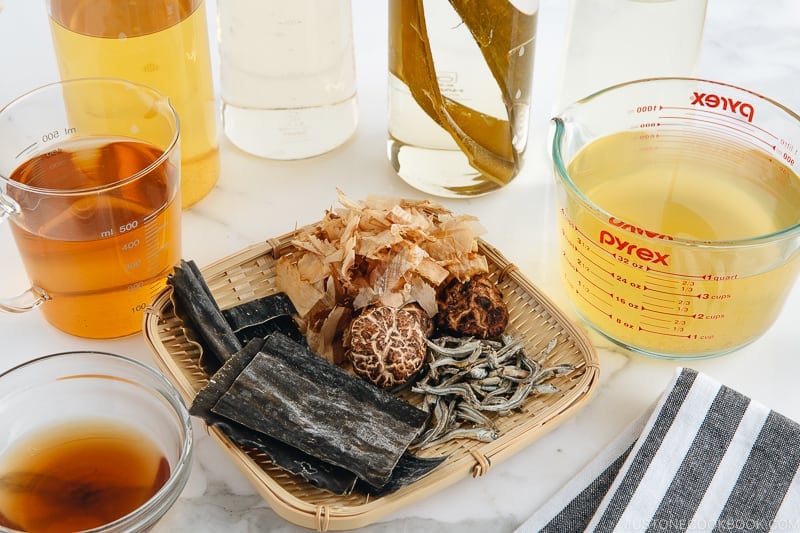
Before I start explaining the 3 methods to make dashi, please know that the Japanese have different types of dashi.
There are 4 types of dashi: Awase Dashi (most basic), Kombu Dashi (Vegetarian/Vegan), Iriko Dashi, and Shiitake Dashi. To learn about each dashi, please read more on this post.
How To Make Dashi 3 Ways
Today we’ll be making the most basic dashi, Awase Dashi, 3 ways. However, you can use the same approaches to make different types of dashi I’ve shared previously.
The three methods include a dashi packet, which I use the most often in my daily cooking, dashi powder, if you’re in hurry, and lastly homemade dashi, the most delicious dashi you can make at home.
Method 1: Use Dashi Packet to Make Dashi
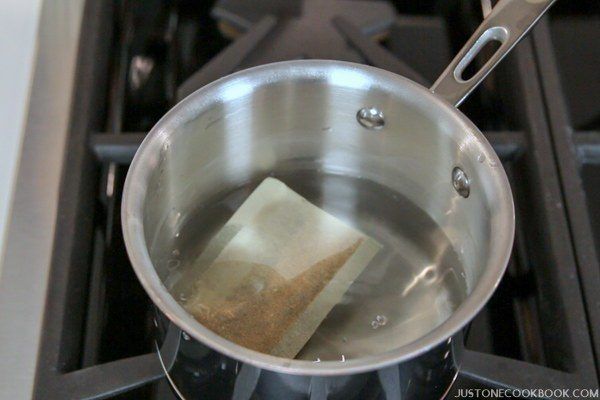
Dashi packet is a little pouch that contains premixed ingredients to make dashi. It’s convenient because you don’t have to prepare each ingredient yourself – everything in a tea-bag-like packet and all you need to do is to drop it in the water and boil. You don’t need to drain over a strainer and instead just pick up the packet and throw it away after it releases all the flavors into the stock.
This is a quick method, just like dashi powder, yet the taste is closer to homemade dashi because of the real ingredients in the dashi packet.
The big Japanese grocery stores carry it but typical Asian grocery stores usually don’t. However, you can purchase it online from this store (ships internationally) or Amazon.
Method 2: Use Dashi Powder
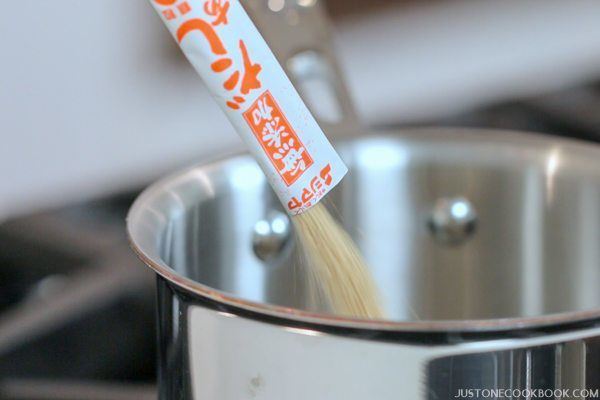
If you occasionally cook Japanese food and need dashi for Japanese cooking, many of you probably start with the powder method.
It makes sense because dashi powder is relatively easily accessible in Asian grocery stores (and even in American supermarket) and available in many countries (Amazon also sells it). All you need is to sprinkle the dashi powder in the boiling water, and dashi is made!
If you don’t cook Japanese food often, this is a great solution because you just need a box of dashi powder handy and don’t need to buy the several ingredients required for making dashi.
Method 3: Make Homemade Dashi
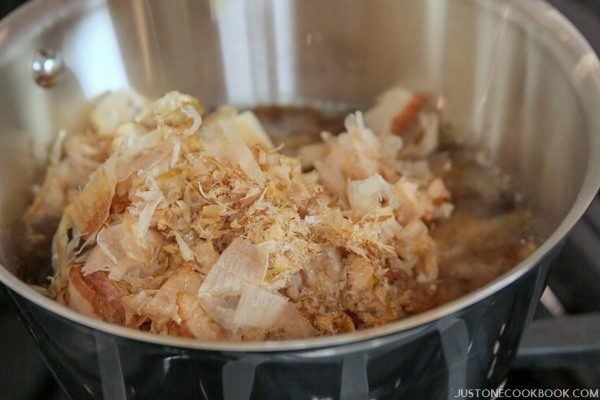
Just like any other food, nothing beats a delicious homemade dish made from scratch. The same thing goes to homemade dashi. Compared to chicken/beef/vegetable broth, Japanese dashi is much easier and quicker to make. The methods are simple and you only need a few ingredients. If you’re new to dashi, it might sound very intimidating, but you can watch the video to see how easy it is to make them.
Six Great Recipes You Can Make With Dashi
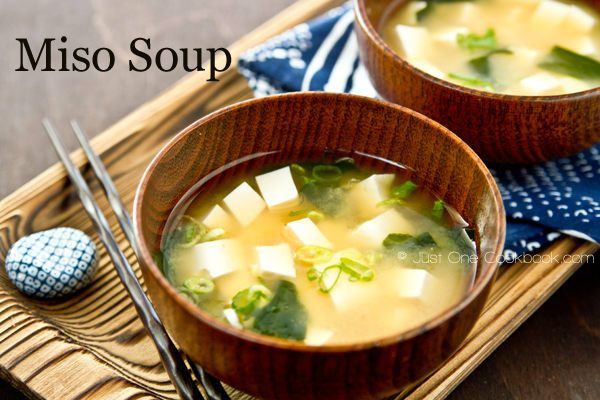
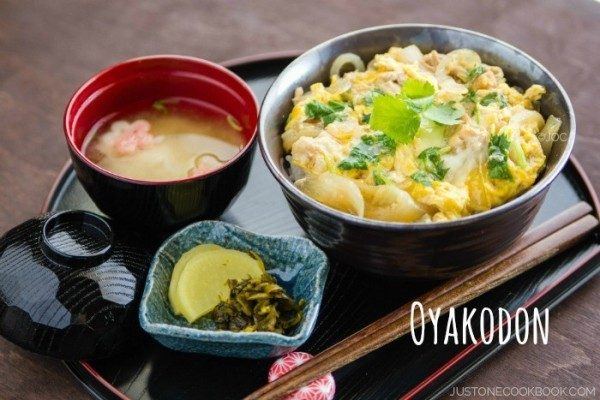
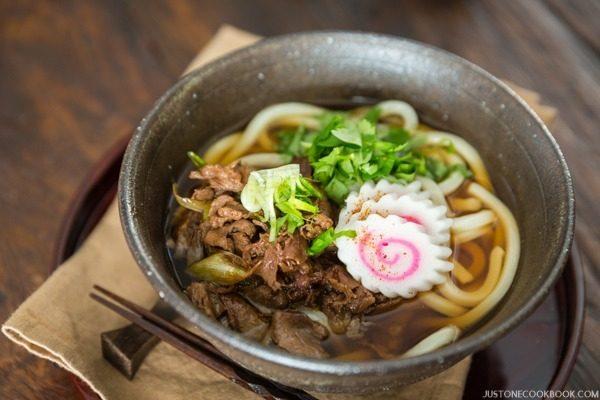
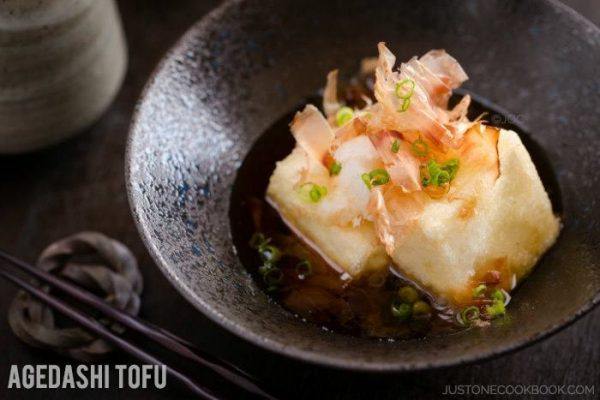

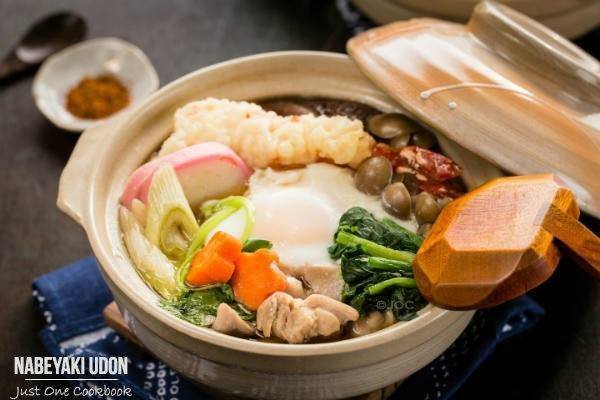
If you’re interested in specific dashi, please check out the following links for how to make Awase Dashi (with video), Kombu Dashi, Iriko Dashi (with video), and Shiitake Dashi (with video).
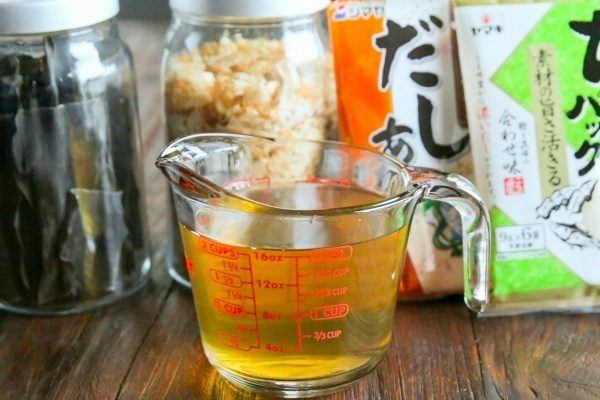
Wish to learn more about Japanese cooking? Sign up for our free newsletter to receive cooking tips & recipe updates! And stay in touch with me on Facebook, Pinterest, YouTube, and Instagram.
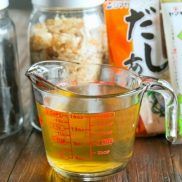
3 Ways To Make Dashi (with Video)
Video
Ingredients
For a Dashi Packet
- 2–3 cups water (use 2 cups for rich dashi and 3 cups for regular use)
- 1 dashi packet (9 g)
For Dashi Powder
- 2 cups water
- 1 tsp dashi powder (3 g)
For Homemade Dashi
- 1 piece kombu (dried kelp) (0.3 oz, 10 g; 4 x 4 inches, 10 x 10 cm per piece)
- 4 cups water
- 1-3 cups katsuobushi (dried bonito flakes) (~1 oz; adjust as you like)
Instructions
- Please check out the tutorial video to watch me make Dashi using three different methods! You can also go to my blog posts below for specific recipes with instructions and photos:
To Use a Dashi Packet
- Please see my step-by-step instructions and photos at my blog post How to Make Japanese Soup Stock with a Dashi Packet.
To Use Dashi Powder
- Please see my step-by-step instructions with photos at my blog post How to Use Dashi Powder to make Japanese soup stock.
For Homemade Dashi
- To make basic, all-purpose Awase Dashi (kombu bonito stock) from scratch, please see my step-by-step instructions with photos at my ultimate guide How to Make Dashi. Other variations include Katsuo Dashi (bonito stock) and Iriko Dashi (anchovy stock). For vegan/vegetarian stock, try my recipes Shiitake Dashi, and Kombu Dashi, or Vegan Dashi (shiitake kombu stock).
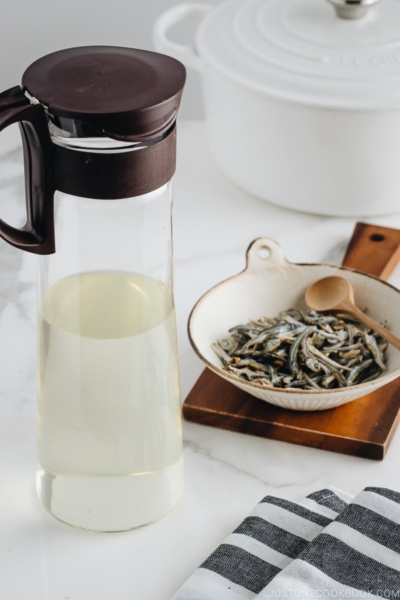
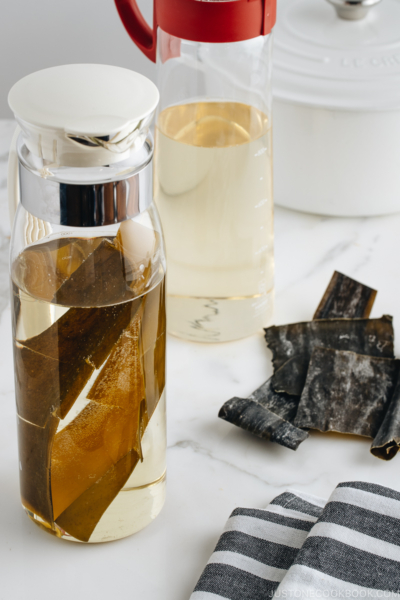
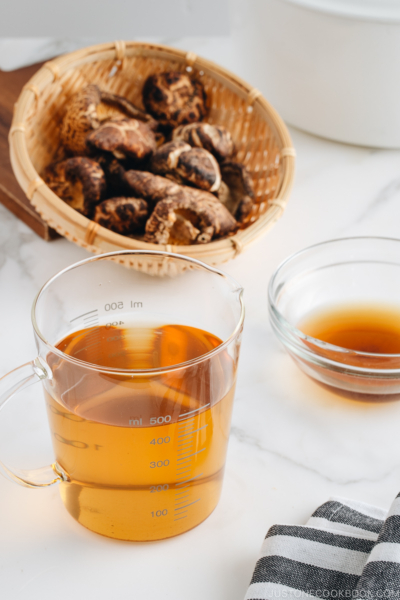
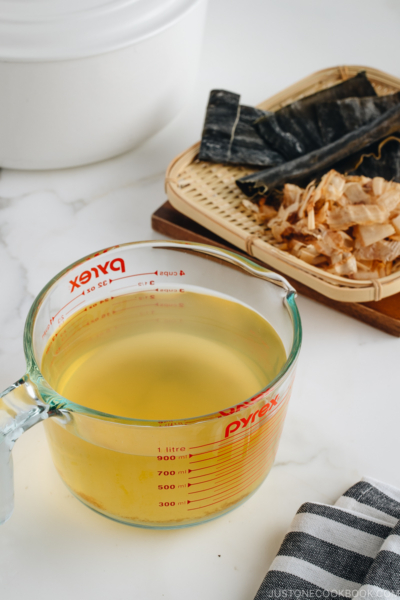
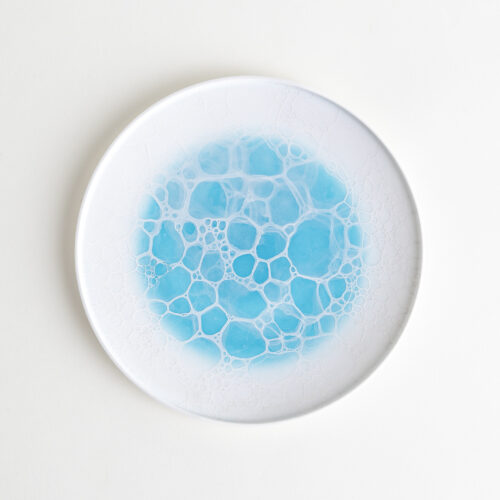
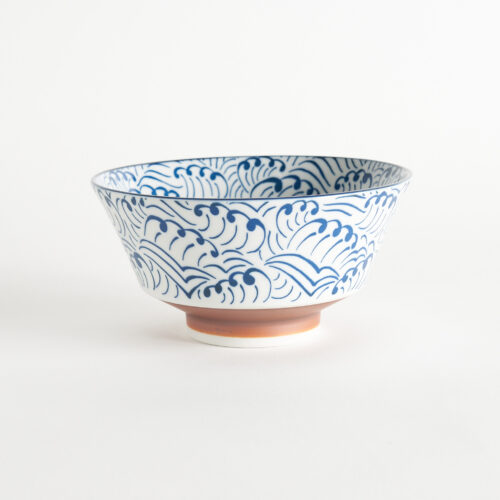
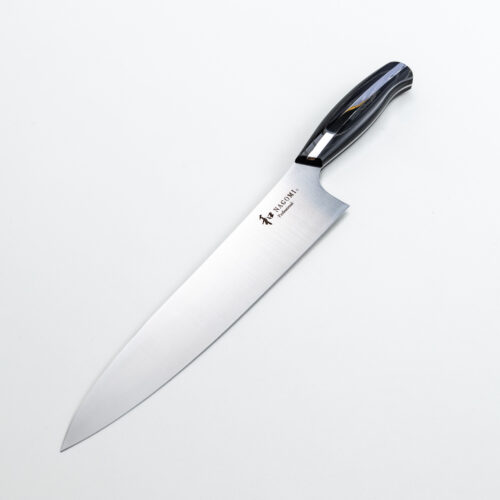
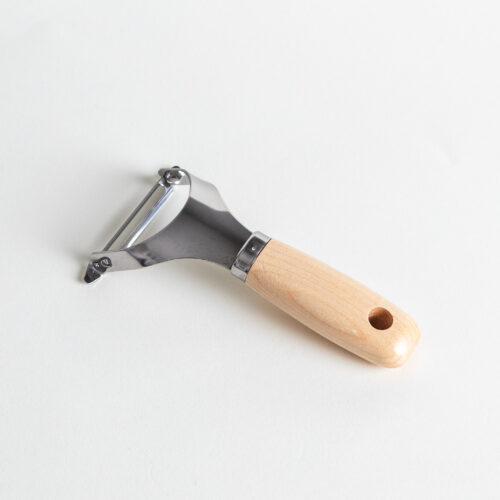
Hi there,
I love dashi but the sodium level is quite high. What can I replace it with?
Thanks!
Hi Qing, How about making Dashi from Dried mushroom? https://www.justonecookbook.com/shiitake-dashi/ You can also make dashi from Kombu and be less sodium than some Dashi powder. We hope this helps!
Hi Nami! I live near a Korean Mart with no Japanese Mart at all. I was able to buy Kombu and Iriko, and was wondering if I could replace the katsuobushi with the iriko to make awase dashi? I was planning on making overnight kombu dashi like in your other recipe and adding iriko to turn it into awase dashi. How does this compare to using katsuobushi for awase dashi? Thanks! Love the recipes and I just really want to try them out.
Hi Miso! Sure! You can soak the irirko too for 30 minutes then bring slowly to boil. 🙂 It has a different type of fishy taste but it is delicious! 🙂
https://www.justonecookbook.com/iriko-dashi-anchovy-stock/
Hi Nami!
I was wondering if I could use nori to make dashi?
Thanks so much!
Alex S
Hi Alexandra! No, you need kombu (kelp). Nori is quite different and won’t produce any flavor to the water. 🙂
Hi Nami, can you freeze the katsuo or kombu from making dashi to make furikake later? Or does this ruin the texture?
Hi Amber! Yes, you can. I usually keep kombu/katsuobushi in the freezer until I have enough to make 1-2 batches of furikake. 🙂
I have not made this yet, but love your step by step instructions. Today we went to an Asian Grocer. We found the bonito flakes, but couldn’t find the Kombu. Instead we bought Nori sheets. That won’t work will it?
Hi Kayelle! In English, nori or kombu are both “seaweed” but they are a different thing. 🙁 Sorry… You can make Katsuo Dashi without kombu. Boil water, turn off the heat, and add katsuobushi. It makes wonderful dashi! 🙂
Thank you very much for your recipe. My sister kindly brought back the Dashi packets from Japan but everything was in Japanese. This helped a lot. Shaking the packet around in the water brought out much more flavor.
Made your Yoshinoya beef bowl and it was delicious!
Hi Hue! Thank you so much for your kind feedback! And thanks for the tip on shaking the packet. 🙂 Dashi packet has much better taste than dashi powder. Your sister picked a good one! 🙂 Glad to hear you enjoyed the beef bowl too! xoxo
Where i can find dashi powder or dashi pocket
Hi Chuchi!
Dashi powder: https://amzn.to/2z9ro7a (but MSG included, so I don’t use it)
Dashi packet: https://amzn.to/2Qkr1NN and https://amzn.to/2looF4P (my personal favorite)
Hi is there any msg in dashi packets or powder? Thanks!
Hi Joliza! Yes on most of dashi powder and dashi packet available outside of Japan. We do have MSG free dashi powder and packet in Japan but it’s hard to find oversea. It’s unfortunate!
I missed Japan. I remembered all this food. I really love it !
Hi Lea! I hope you try making Japanese food at home! 🙂
I’m making pork belly ramen. The recipe calls for 1 litre of chicken stock + 100gm of white miso. Can I make the dish using my Dashi (hondashi) granules instead of the chicken stock?
Hi Steve! Sure, you can do that. But make sure it’s rich flavor enough so it won’t end up with “miso soup”. 🙂 For ramen, you will still need heavier flavor than just dashi. Also, flavor from hondashi is kind of weak in terms of flavors (and disappeared pretty quickly), so that’s something to think about when building flavors for the broth. 🙂